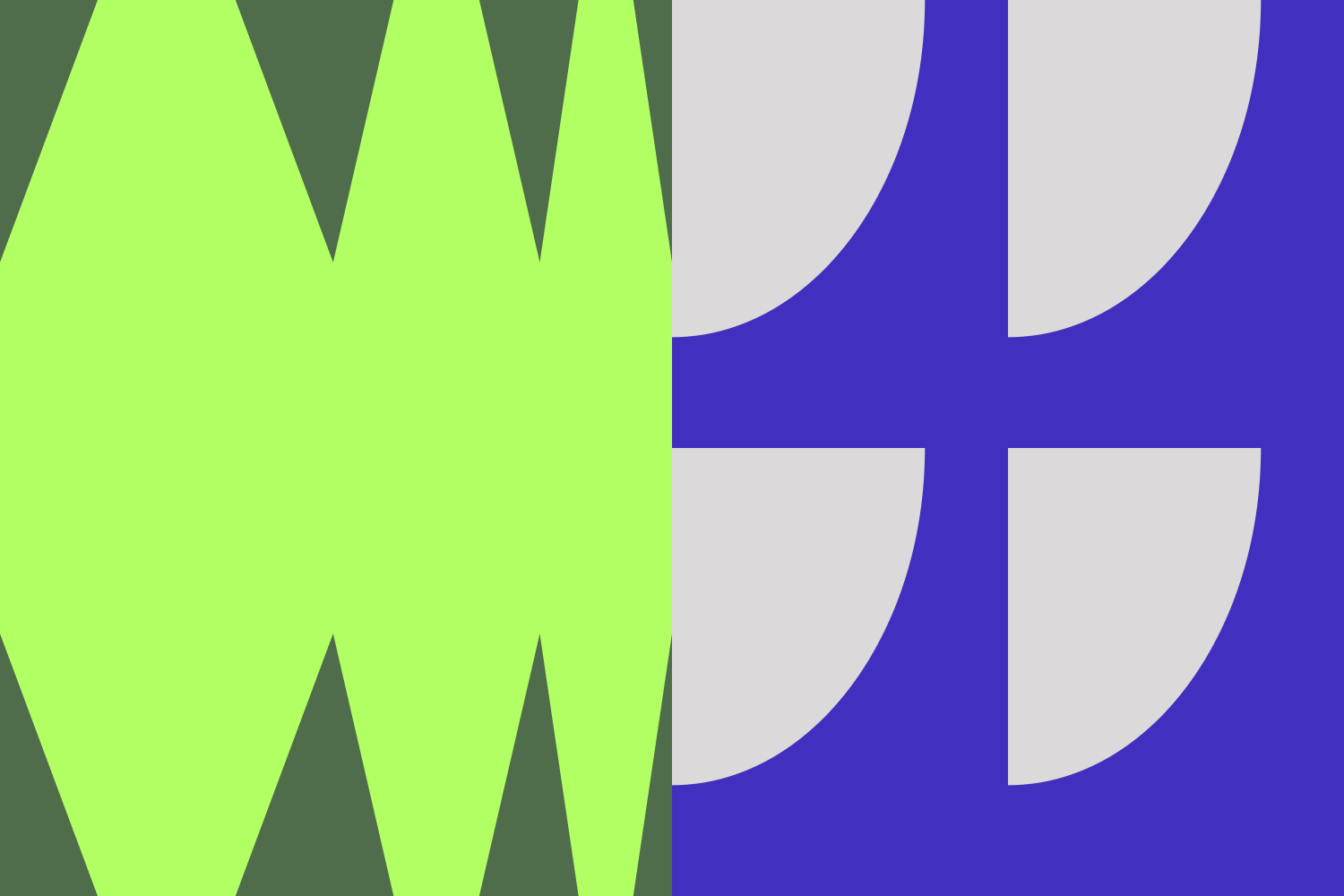
Building better design systems with OKLCH
The speed of AI revolutionizing software development is incredible, and I’m convinced that using the right set of tools, one can build almost any software 100x faster. My focus lately is shifting towards what truly sets products apart: thoughtful design systems and consistent branding.
OKLCH is a new color space set to revolutionize the way we create brand systems in 2025.
Fascinating features
↳ Perceptual uniformity
Unlike RGB and HEX, OKLCH matches how our eyes actually perceive color. This is a revolutionary concept, it’s the color space that’s modeled for biological perceptual needs. When you adjust values, the visual change is consistent and predictable. No more unexpected shifts when tweaking colors!
↳ Design system friendly
Creating colors at scale is effortless with OKLCH using basic math. Maintaining consistent perceived brightness and saturation across your entire palette is possible. This is crucial for accessibility and maintaining visual harmony, especially when designing user interfaces.
↳ Future-proof
Modern displays are capable of showing colors beyond the sRGB gamut. It’s fascinating—and a bit unsettling—to realize there are colors you’ve never seen, simply because RGB’s limitations have held us back. But we can break free from these RGB chains today. OKLCH naturally handles wider color gamuts, future-proofing your design system for next-gen displays.
The beauty of OKLCH lies in its simplicity and power. I notice there are tools are rapidly emerging that make it easier than ever to work with this color space. We’re seeing browser support improve dramatically, and frameworks are beginning to embrace it as the default choice for color manipulation. The upcoming Tailwind 4 supports it!
As design systems become more critical in our AI-driven future, we need better ways to create color systems. OKLCH offers a reliable, modern approach to creating consistent, accessible, and visually appealing digital products.